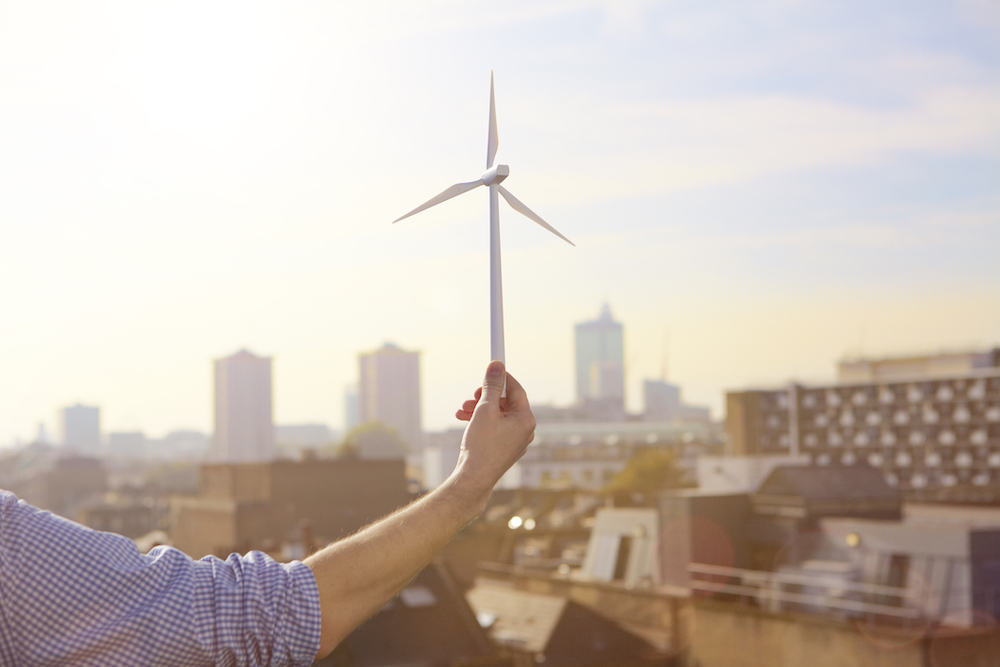- A world where electricity generation is derived from 100% renewable energy is possible if countries adopt a patchwork of existing innovations, says IRENA.
- IRENA has identified innovations and policy prescriptions that may enable the global transition away from fossil fuels, and slash carbon emissions that have been linked to rising global temperatures.
- Countries including Costa Rica and Uruguay are close to achieving their goal of getting all their electricity from green sources.
A world where electricity generation is derived from 100% renewable energy is possible if countries adopt a patchwork of existing innovations, says the International Renewable Energy Agency.
“Renewable energy is now so competitive that in many geographies it’s the preferred option for electricity generation,” says Francisco Boshell, a renewable energy markets and standards analyst at IRENA.
The transition away from the dependence on fossil fuels and toward the adoption of renewable energy has been partly enabled by an 82% drop in the cost of solar photovoltaics and a 39% decline in the cost of onshore wind power since 2010, says IRENA.
Western countries, such as Iceland which derives 100% of its electricity from renewable energy, the U.K. with 33%, and Sweden which gets a bit over half of its electricity from green power, are most often cited as the success cases for the adoption of alternative energy.
However, a lot of progress has been made elsewhere on the globe. The Central African nation of Rwanda gets 52% of its electricity from renewable energy, while in Latin America, Uruguay and Costa Rica are both inching close to 100% of renewable electricity, underpinned by a mix of wind, solar, large hydropower and, especially in the latter case, biomass and geothermal energy.
Overall, eight countries including Cape Verde, Austria, and Tuvalu are aiming to get all their electricity from renewable energy over approximately the next two decades, while Denmark is the only country with a target of 100% renewables for all sectors.
Still, renewable energy sources like solar and wind power can be interrupted when the sun does not shine or there is a lull in the wind. More importantly, engineers can’t ramp up the output of green energy to meet spikes in demand unless they can store energy or shift demand loads.
“There is still one big challenge and that’s the integration of variable renewable power systems,” Boshell told Karma. “That requires a lot of innovation to unlock what is called flexibility.”
IRENA has identified about 30 existing technological innovations and policy prescriptions that may enable the global transition away from fossil fuels, and the reduction of carbon emissions that are linked to global warming and more extreme weather patterns such as hurricanes and droughts.
The major innovation that IRENA points to is utility-grade batteries that enable electricity grid operators to store power and deploy it during times of high demand. Battery storage costs have fallen by 85% over the last decade.
The agency also advocates for the use of artificial intelligence algorithms to better forecast demand and generation as well as optimize the functions of large transmission grids in real time.
Meanwhile, blockchain technology is expected to facilitate transactions and help energy consumers pay and receive payments for giving power back to the grid from the batteries on their electrical vehicles or from solar panels on their rooftops — so-called “demand-side flexibility.”
The last innovation would require policymakers to design a system that provides financial incentives for consumers to give back power to the grid, say experts.
“All of these actions will have to be done with automated smart contracts and blockchain would help with that,” Boshell told Karma.
Some marketplayers say the price tag for all the innovation may be steep, especially for developing countries. But Boshell says that efficiency drives — like replacing legacy infrastructure such as backup power gas plants with batteries — will incentivize low-cost operators to come onto the market and keep a lid on the bill consumers have to pay.
“The whole idea is that we don’t need the system to be more costly,” Boshell said. “We just need the right incentives to direct the revenue streams to the right actors.”
The Central African nation of Rwanda gets 52% of its electricity from renewable energy. A previous version of this article incorrectly stated a higher percentage.






















